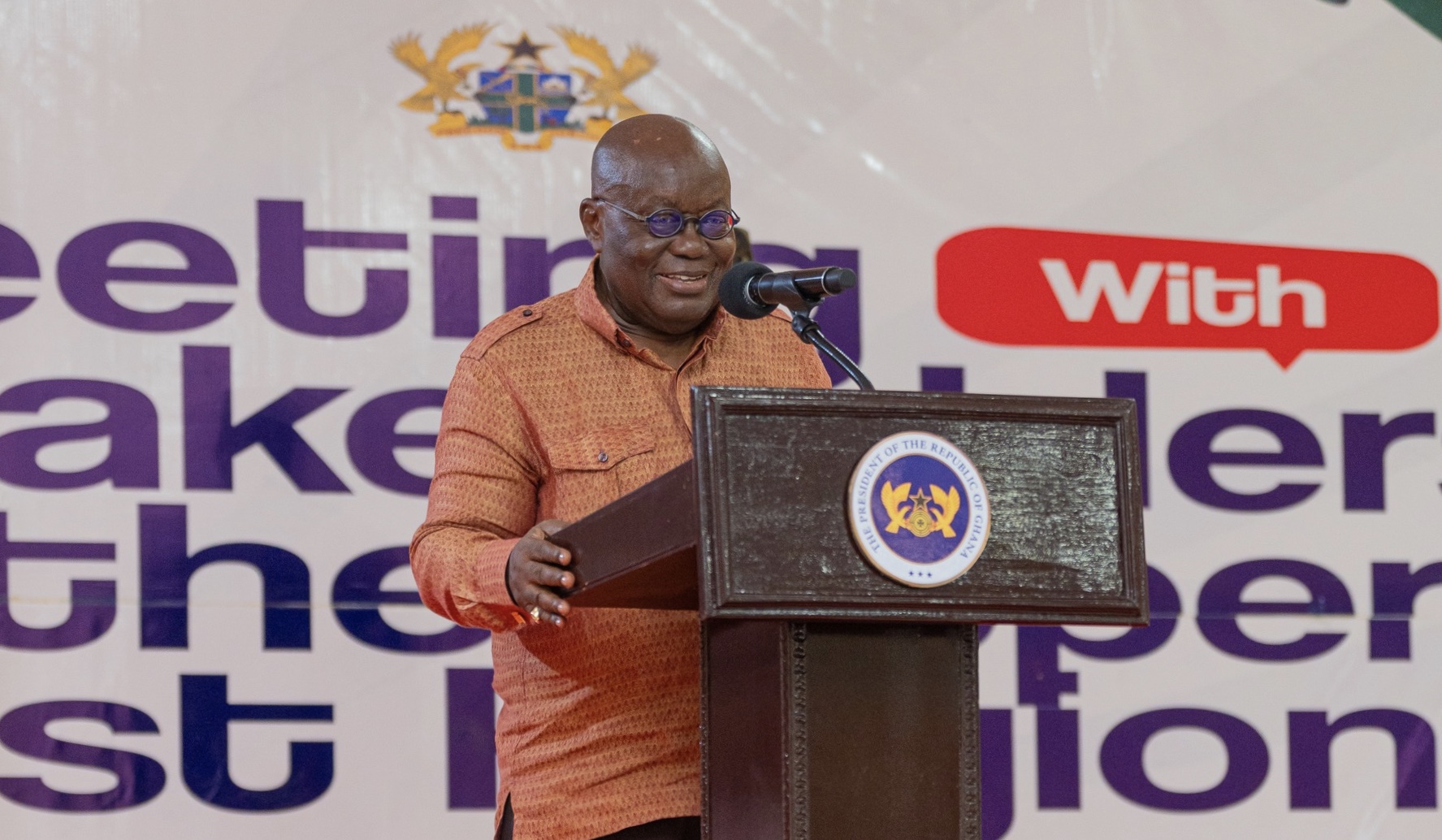- FIFA defers decision on appeal to ban Israel from football amid war on Gaza
- Nvidia bucks the market, and oil jumps on fears of how Israel may respond to Iran's missile attack
- Helene recovery could cost $34 billion. Here's who might pay for it.
- Here's everything to expect when the September jobs report is released Friday
- Fused molecules could serve as building blocks for safer lithium-ion batteries
What do you believe is the single most important factor driving up the cost of living in Nigeria?

Each year, landmines kill residents of war-torn countries. This innovative tool could save lives
As he grew up in Bogotá, Colombia, Mateo Dulce Rubio would hear a familiar news story every few days—someone had stepped on another landmine. The explosion had killed or injured them. Though the capital city was far from the country's war-torn areas, these accidents stayed in the back of his mind.
Colombia has been embroiled in conflict with armed rebel groups for roughly six decades. The guerrilla fighters have buried thousands of landmines in rural areas, putting hundreds of thousands of people at risk of death, dismemberment and displacement. Recent efforts to remove the explosives have reduced casualties, but the reported victims increasingly have been civilians.
Dulce Rubio is now a fifth-year doctoral student at Carnegie Mellon University, where he studies public policy at the Heinz College of Information Systems and Public Policy and statistics at the Dietrich College of Humanities and Social Sciences.
According to Dulce Rubio, people in the U.S. lack awareness of the dangers of landmines in countries like Colombia. "It mostly affects third-world countries, developing countries. But in those countries, it's a very, very important problem," he said.
That's why, about three years ago, Dulce Rubio began leading a team of classmates and faculty in developing a three-pronged system for more accurately identifying landmine contamination. They've since collaborated with the United Nations Mine Action Service (UNMAS) to refine the system, called RELand. A humanitarian organization in Colombia has been field testing it in two municipalities for more than a year.

- October 3, 2024
Increases in food prices will continue – GAWU warns




- October 3, 2024
Kenya leads two other countries to fight crime on Lake Victoria

- October 3, 2024
Engineers teach a quadruped robot to climb standard ladders


Subscribe to our mailing list to get the new updates!

Subscribe our newsletter to stay updated
Thank you for subscribing!






